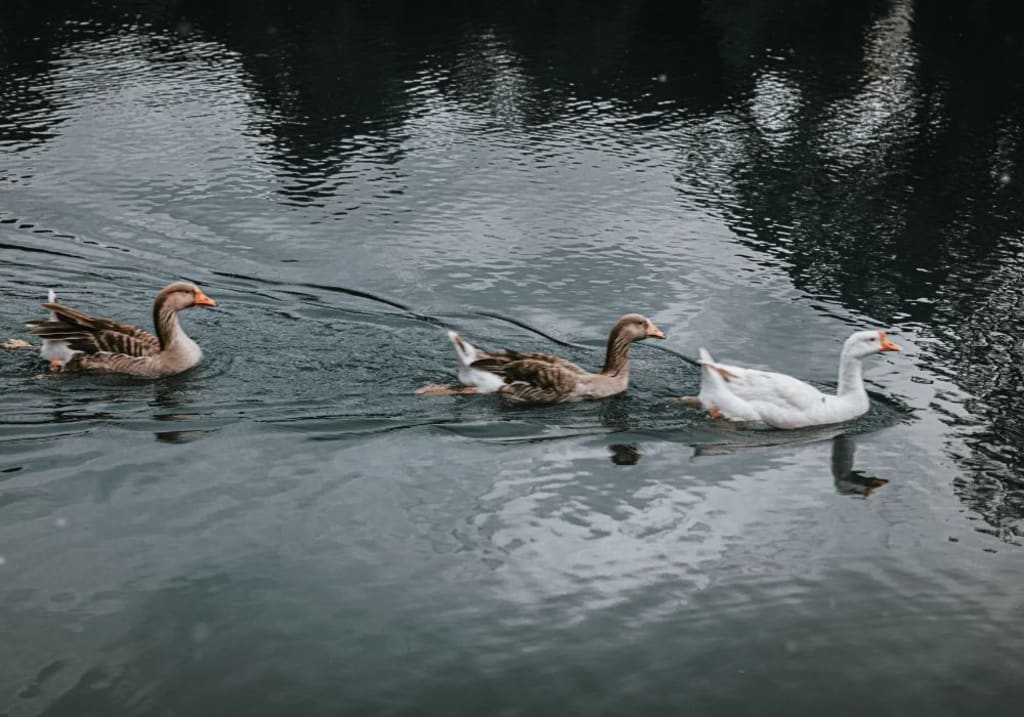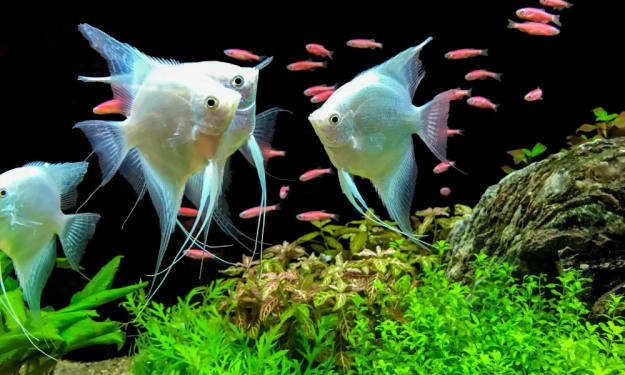
When it comes to graceful waterbirds, two of the most iconic species are the swan and the goose. While they may seem similar at first glance, swans and geese have several distinct differences in their appearance, behavior, and habitats. In this comprehensive guide, we'll explore the fascinating world of these feathered creatures and uncover the unique characteristics that set them apart.
Appearance
One of the most noticeable differences between swans and geese is their size and physical features. Swans are generally larger than geese, with longer necks and heavier bodies. The largest species of swan, the Mute Swan, can weigh up to 30 pounds and have a wingspan of over 8 feet. In contrast, the largest goose species, the Emperor Goose, typically weighs around 6 pounds and has a wingspan of 5 feet.
Another key difference is the shape of their bills. Swans have longer, more slender bills that are slightly hooked at the tip, while geese have shorter, thicker bills that are more rounded. This difference in bill shape is related to their feeding habits, which we'll discuss later.
Swans are known for their striking white plumage, with the exception of the Black Swan, which has black feathers with white flight feathers. Geese, on the other hand, come in a variety of colors, including white, gray, brown, and black, depending on the species.
Behavior
Swans and geese exhibit distinct behavioral differences, particularly when it comes to their social interactions and mating habits.
Swans are known for their monogamous relationships, with pairs often staying together for life. They are also highly territorial and will aggressively defend their nesting sites and young cygnets (baby swans) from potential threats. Geese, while also known for their strong pair bonds, are more likely to form larger family groups and flocks.
Another notable difference is their vocalizations. Swans are generally quieter than geese, with a soft, musical call. Geese, on the other hand, are known for their loud, honking calls, which they use to communicate with their flock members and warn of potential danger.
Habitats
Swans and geese can be found in various habitats around the world, but they tend to prefer different environments.
Swans are typically found in freshwater habitats, such as lakes, rivers, and marshes. They prefer areas with abundant aquatic vegetation and open water for nesting and foraging. Geese, while also found in freshwater habitats, are more adaptable and can thrive in a variety of environments, including grasslands, agricultural fields, and even urban areas.
It's important to note that some species of swans and geese are migratory, while others are non-migratory. Migratory species will travel long distances between their breeding and wintering grounds, often in large flocks.
Feeding Habits
Swans and geese have different feeding strategies that are adapted to their respective habitats and bill shapes.
Swans are primarily herbivores, feeding on aquatic plants, such as water lilies, pondweeds, and algae. They use their long necks and slender bills to reach deep into the water and uproot submerged vegetation. Geese, while also consuming some aquatic plants, have a more varied diet that includes grasses, grains, and even insects. Their shorter, thicker bills are well-suited for grazing on land and in shallow water.
Both swans and geese are known to forage in groups, with the flock working together to locate and access food sources.
Conservation Status
While swans and geese are generally not considered endangered, some species face conservation challenges due to habitat loss, hunting, and other human-related factors.
The Trumpeter Swan, once nearly extinct in the wild, has made a remarkable recovery thanks to conservation efforts. However, other species, such as the Hawaiian Goose (Nene) and the Aleutian Cackling Goose, have faced population declines and are classified as endangered or threatened.
It's important to support conservation initiatives and report any illegal hunting or poaching activities to help protect these magnificent birds for future generations.
Conclusion
While swans and geese may share some similarities as waterbirds, their distinct differences in appearance, behavior, habitats, and feeding habits make them fascinating subjects to observe and study. By understanding the unique characteristics of these birds, we can appreciate their beauty, adaptability, and importance in their respective ecosystems.
To learn more about the fascinating world of swans and geese, be sure to check out Innovate Analysis. Our team of experts provides in-depth analysis and insights on a wide range of topics related to wildlife and conservation.
About the Creator
Hasan
Welcome...
In this site of mine you can learn amazing things and many information that you don't know so please subscribe to my site.
Enjoyed the story? Support the Creator.
Subscribe for free to receive all their stories in your feed. You could also pledge your support or give them a one-off tip, letting them know you appreciate their work.






Comments
There are no comments for this story
Be the first to respond and start the conversation.